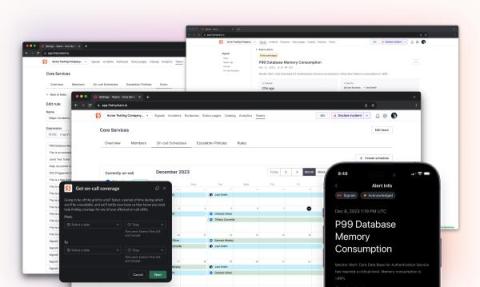Understanding IT event analytics: From basics to AIOps
A wise person once said, “What’s measured is what matters.” This couldn’t be more true than in the high-stakes world of IT operations, where the ability to swiftly measure, analyze, and respond to events is crucial for improving IT operational performance. This blog delves into defining IT event analytics, guiding you on getting started, showcasing real-world examples, and introducing essential methods to transforming your incident response strategy.










